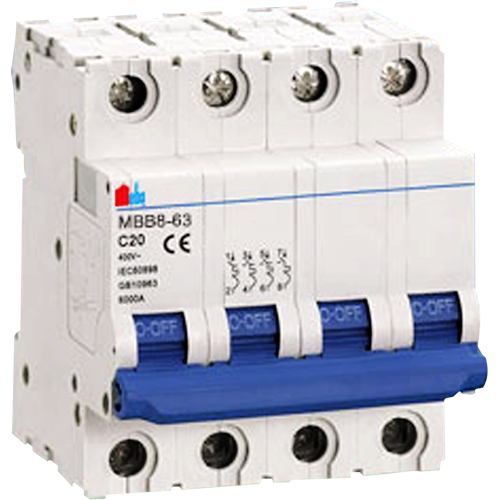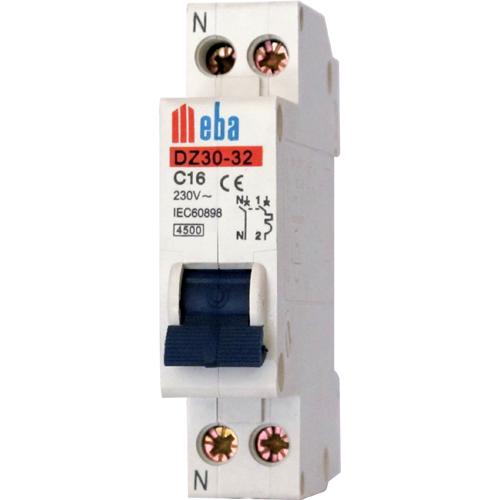Fundamentally, an electric breaker is a safety mechanism that cuts off the flow of electricity when it reaches a preset limit. This essential feature guards against possible fire dangers, electrical overloads, and short circuits. Electric breakers prevent harm to your appliances, wiring, and entire electrical system by serving as a barrier.

Electric Breaker Types:
Circuit Breakers: Designed to safeguard specific circuits inside a distribution board, circuit breakers are the most widely used kind of electric breaker. When a problem is identified, it trips automatically, cutting off the current to that particular circuit.
Main Breakers: Located at the point where electrical power enters a building or facility, main breakers bear the enormous duty of completely cutting off the structure’s electricity in the event of a serious malfunction or emergency.
GFCIs, or ground fault circuit Breaker
GFCIs are especially important in damp spaces like kitchens and bathrooms because they keep an eye on the current balance between the hot and neutral wires. A ground fault may be indicated by an imbalance, in which case the GFCI promptly switches off electricity to avoid shocks.
Arc fault breaker: These circuit breakers are made to recognize and react to electrical arcs that pose a risk of catching fire. They are crucial in residential situations because they provide an additional degree of security.
Electric breakers are essential for preventing fires: Electric breakers are essential for preventing fires because they react quickly to electrical problems that might produce heat and ignite a fire. Particularly important in identifying and reducing fire threats are AFCIs.
Safeguarding Appliances and Electronics: Electric breakers prevent potential harm to your expensive appliances and electronic equipment by stopping the passage of excessive electricity. This guarantees the longevity of your equipment and saves you money.

Increasing Safety: GFCIs and AFCIs have a major positive impact on occupant safety. While GFCIs guard against electrical shocks—particularly in locations with water—AFCIs identify and reduce the danger of fire, creating a safer atmosphere in homes and offices. The miniature circuit breaker is also quite useful.















